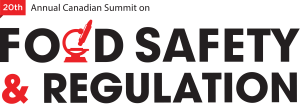In today’s complex global food supply chain, compliance isn’t just a checkbox—it’s a critical defense against potential risks. Drawing insights from food fraud expert John Spink, here’s a comprehensive roadmap to building a world-class food safety compliance program.
Step 1: Conduct a Comprehensive Gap Analysis
Start by honestly assessing your current food safety infrastructure. Identify weaknesses, potential vulnerabilities, and areas requiring immediate attention. Remember, only 46% of companies are fully confident in their compliance—don’t be part of the uncertain majority.
Step 2: Develop a Written Food Fraud Prevention Strategy
Documentation is key. Create a clear, detailed strategy that outlines your approach to preventing food fraud. Ensure it’s not just an aspiration, but a concrete plan with specific protocols and responsibilities.
Step 3: Implement Enterprise Risk Management
View food safety as an enterprise-wide risk. Integrate your food safety strategy into broader risk management frameworks, ensuring top-level executives understand and support the initiative.
Step 4: Expand Scope Beyond Ingredients
Don’t limit your focus. Consider packaging, indirect products, and the entire supply chain. Many companies overlook critical vulnerabilities by narrowing their perspective.
Step 5: Establish Annual Incident Review Processes
Regularly review food fraud incidents, both within your organization and in the broader market. Create a systematic approach to learning from past events and preventing future risks.
Step 6: Engage and Educate Suppliers
Your compliance is only as strong as your weakest supplier. Develop comprehensive supplier communication strategies, sharing guidance, expectations, and resources.
Step 7: Leverage Existing Certification Standards
Utilize frameworks like GFSI, BRC, SQF, and IFS. These standards provide robust guidelines for comprehensive food safety management.
Step 8: Create a Cross-Functional Compliance Team
Build a team that includes representatives from quality, supply chain, procurement, and executive leadership. Food safety is a collaborative effort.
Step 9: Invest in Continuous Training
The food safety landscape evolves rapidly. Commit to ongoing education for your team, keeping them updated on the latest prevention strategies and emerging risks.
Step 10: Implement Verification and Audit Mechanisms
Develop rigorous verification processes. Regularly audit your compliance program, seeking external perspectives and maintaining transparency.
Cultivate a Prevention-First Culture
Beyond these steps, foster a organizational culture that prioritizes prevention over detection. Make food safety a core value, not just a compliance requirement.
Building a robust food safety compliance program is an ongoing journey. By following these steps and maintaining a proactive, comprehensive approach, you’ll not only protect your business but also build trust with consumers and stakeholders. Ready to transform your food safety strategy? Start with a thorough review and commitment to continuous improvement.
This blog is based on the Food Safety Summit presentation featuring John Spink, Director of the Food Fraud Prevention Academy at Michigan State University.


